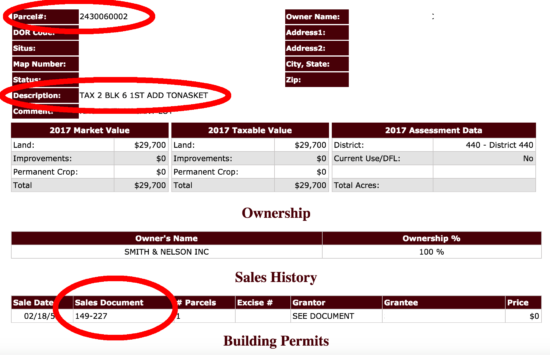Updated April 12, 2024
A Washington deed is used to transfer the ownership of property from a grantor, or “seller,” to a grantee, or “buyer,” in the State of Washington. This form is usually completed after a purchase and sale agreement has been authorized and a deed transfers the actual property. Therefore, all money that was agreed upon should be traded at the time of lease authorization.
Cover Sheet – Required to be placed as the first (1st) page of the deed before submitting to the Recorder’s Office.
Guide – Use as a helpful supplement to ensure you have all the items necessary to process the deed.
Laws – Title 64, Chapter 64.04 – Conveyances
Recording – All deeds must be delivered and submitted to the County Recorder’s Office (See List of Counties) in the jurisdiction of the property.[1]
Signing – All deeds must be signed with the Grantor(s) in the presence of a Notary Public.[2]
Deed Types (4)
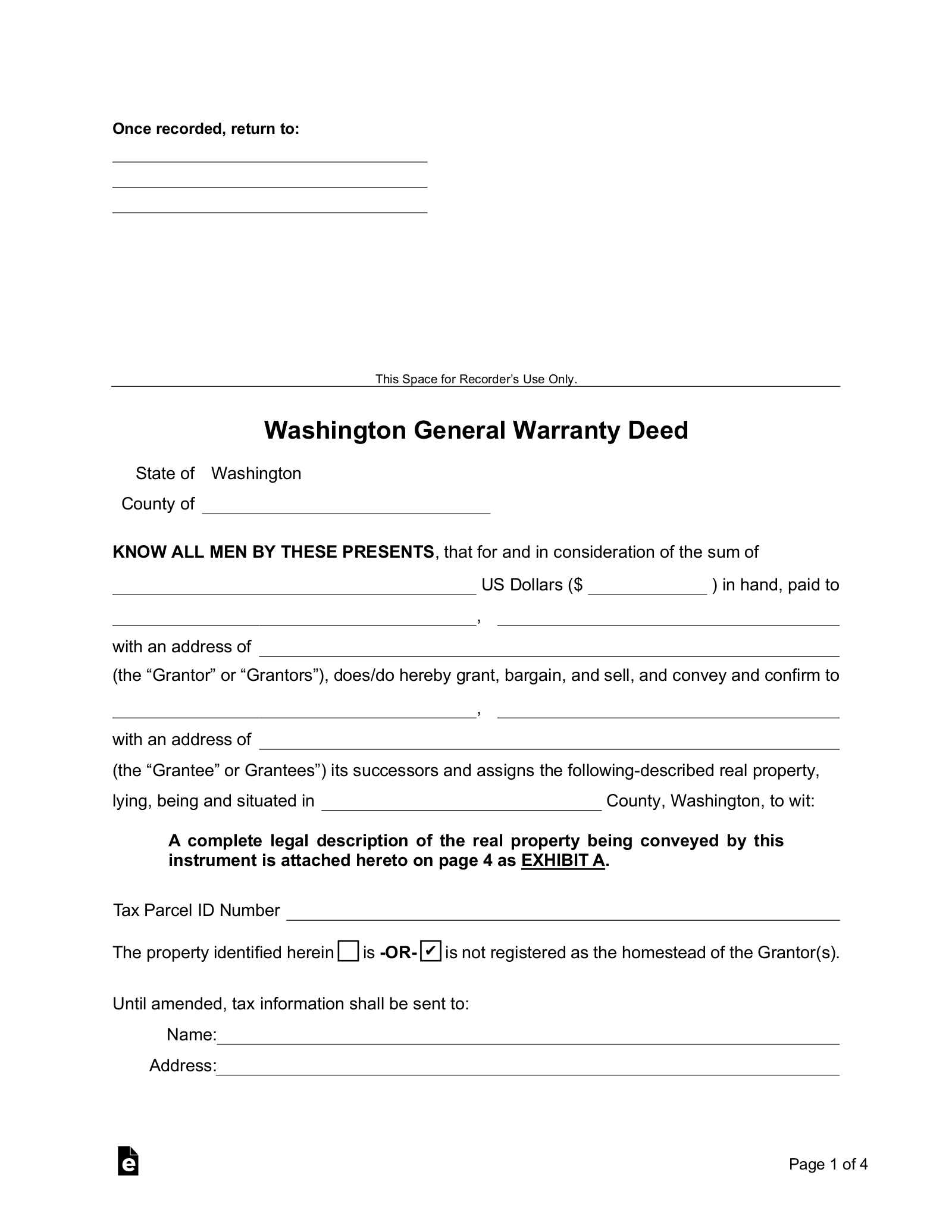 General Warranty – Grants absolute clear title to the buyer. The form protects the new owner from the seller and all previous owners of the property.
General Warranty – Grants absolute clear title to the buyer. The form protects the new owner from the seller and all previous owners of the property.
Download: PDF, MS Word, Open Document
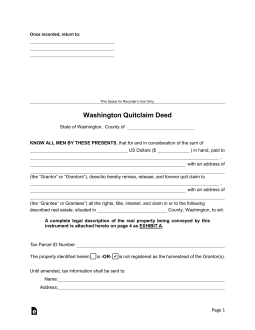 Quit Claim – Only offers the conveyance of a party’s interest in the property, not guaranteeing that the seller or anyone else may have title to the real estate.
Quit Claim – Only offers the conveyance of a party’s interest in the property, not guaranteeing that the seller or anyone else may have title to the real estate.
Download: PDF, MS Word, Open Document
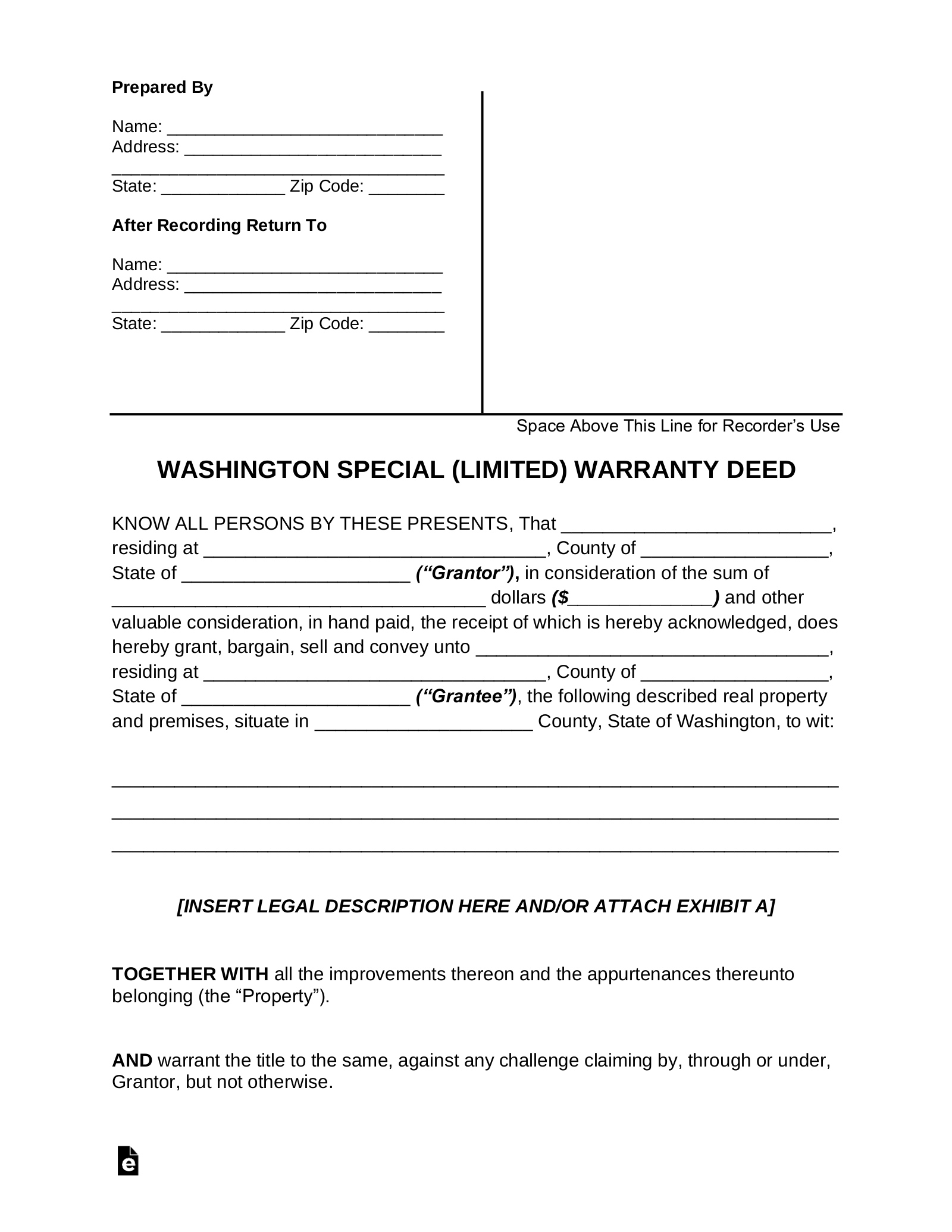 Special Warranty – Gives the guarantee to the new owner that there were/are no title defects during the term that the seller owned the property.
Special Warranty – Gives the guarantee to the new owner that there were/are no title defects during the term that the seller owned the property.
Download: PDF, MS Word, Open Document
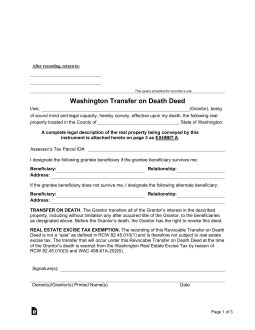 Transfer on Death – Allows the owner of real property to set up a transfer of ownership upon their death.
Transfer on Death – Allows the owner of real property to set up a transfer of ownership upon their death.
Download: PDF, MS Word, Open Document
Washington Property Search (4 steps)
When completing a deed it is required that the form contain a Legal Description of the property. This is defined by a Property ID Number which is commonly known as the Tax Map & Lot Numbers. In addition, the Deed Book and Page Numbers should be included. The Mailing Address of the property is usually not required.
Step 1
Go to this online database of public records.

Step 2
For this example we will use Okanogan County. After clicking on your County you will be redirected to a page like below. You will want to click on the ‘Go to Data Online’ link next to where it says the Assessor’s Office. Now you will be redirected so that you can now find the property.
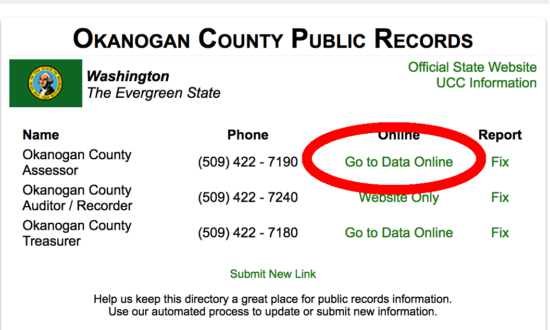
Step 3
The average county will have the option for the searcher to query by Address, Owner’s Name, or Property ID. For the county of Okanogan they show Parcel Number, Situs, Name, Map Number, and Wild Card Entries.
- The most common and easiest way to look up a property is by the Grantor’s/Owner’s name.
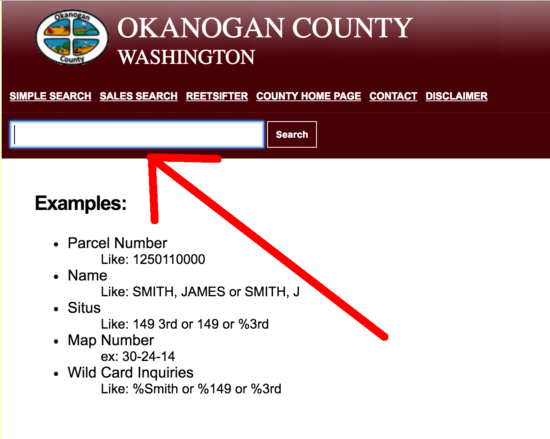
Step 4
When you have found your real estate you will get a property card that looks much like in the image below. Now you need to get the legal description of it and place it in the deed. Your goal is to get the:
- Property Description
- Parcel ID – Sometimes referred to as the Tax Map and Lot Numbers
- Deed Book and Page Numbers
